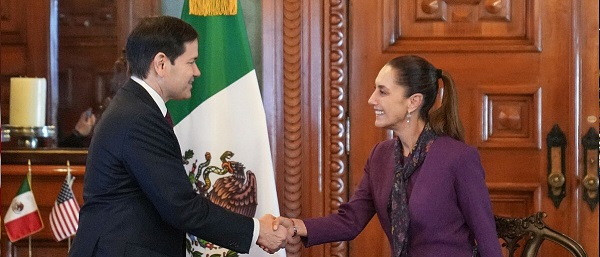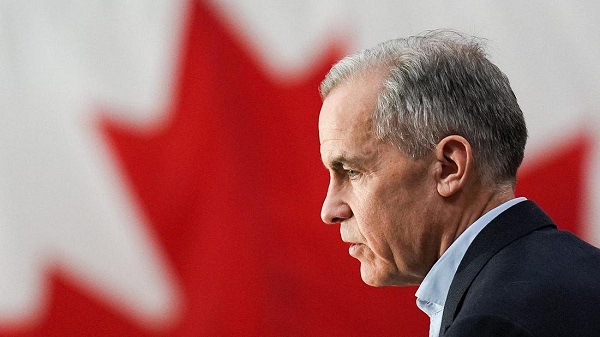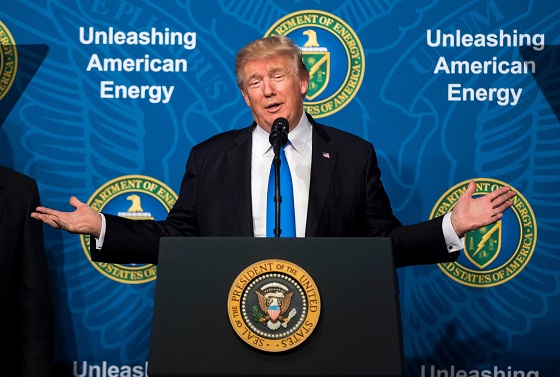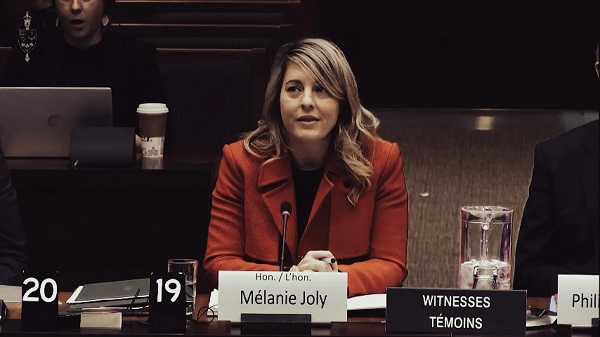Business
Federal government’s capital gains tax hike is worse than you think

From the Fraser Institute
By Jake Fuss and Grady Munro
Following the recent plunge in Canadian and U.S. stock markets, many Canadians likely saw a sharp decline in the value of their investments. Yet as Canadians reckon with this sudden change, other factors help reduce the return on their investments—namely, higher capital gains taxes.
When an investor sells a capital asset (i.e. stocks) for a higher price than they originally bought it, they realize a capital gain. Prior to this year, investors would pay tax on 50 per cent of any gain (based on their highest marginal personal income tax rate), but the Trudeau government recently increased that inclusion rate to 66.7 per cent for capital gains above $250,000.
This increase will cause economic damage and increase taxes for many middle-class Canadians—despite being framed by the government as a tax increase on the wealthy. And the effect is even more harmful than it first appears because capital gains taxes don’t adjust for inflation.
Inflation, the general rise in the prices of goods and services in the economy, erodes the purchasing power of money. For example, if a basket of goods costs $100 in Year 1, and annual inflation is 4 per cent, that exact same basket would cost $104 in Year 2. The Bank of Canada maintains a target inflation rate of 2 per cent per year, but in recent years the rate has well-exceeded that target.
From 2021 to 2023, Canada experienced an average annual inflation rate of 4.7 per cent. And though inflation is easing and fell to 2.5 per cent last month, by the end of this year prices are still expected to be 17.5 per cent higher than they were in 2020. For comparison, prices increased 6.7 per cent from 2016 to 2020.
While inflation erodes the purchasing power of one dollar, it also erodes the returns people receive from their investments. If an asset increases in value by 5 per cent over one year, but inflation is 4 per cent, the asset’s real value has increased by just 1 percentage point. In other words, of the total 5 per cent gain, 4 percentage points are the “inflationary” gain while 1 percentage point is the “real” gain.
Which takes us back to the Trudeau government’s tax hike on capital gains. Unlike income thresholds for federal personal income taxes, which are adjusted to account for inflation, capital gains taxes don’t distinguish between “inflationary” and “real” gains. Therefore, even if a realized capital gain is solely inflationary—meaning there’s no increase in real wealth—the federal government will still levy the same amount of tax as it would if there was no inflation at all.
This is what’s happening right now. After years of high inflation, inflationary gains represent a significant share of the capital gains Canadians are currently realizing. For example, from the beginning of 2020 to the end of 2023, the S&P/TSX Composite Index (Canada’s benchmark stock market index) increased 22.6 per cent. However, after adjusting for inflation (a cumulative 14.7 per cent), that 22.6 per cent represents a real gain of less than 8.0 per cent. As such, a large portion of revenue the Trudeau government expects to generate from raising capital gains taxes will originate from inflationary gains rather than actual increases in asset values.
As Canadians struggle with a weak economy, the Trudeau government’s recent capital gains tax hike will only add to the problem. But after years of high inflation, the effect is even worse than you might think.
Authors:
Business
Carney’s budget spares tax status of Canadian churches, pro-life groups after backlash

From LifeSiteNews
Canadian pro-life charities and churches retain their tax-exempt status in the 2025-26 budget, a reversal attributed to public and political opposition to earlier proposals.
Canadian pro-life charities and churches will not lose their tax exemption under the Liberal Party’s newly presented fall budget despite earlier threats.
On November 4, Liberal Finance Minister François-Philippe Champagne presented the Canadian federal budget for Fiscal Year 2025-26 in the House of Commons that included no mention of stripping pro-life organizations and churches of their tax exemption.
“Campaign Life Coalition is breathing a sigh of relief that churches and pro-life organizations were not stripped of their charitable status in the (Mark) Carney Liberal budget released today,” Campaign Life Coalition (CLC) communications director Pete Baklinski said in a statement sent to LifeSiteNews.
As LifeSiteNews previously reported, before last Christmas, a proposal by the all-party Finance Committee suggested legislation that could strip pro-life pregnancy centers and religious groups of their charitable status.
The legislation would amend the Income Tax Act and Income Tax. Section 429 of the proposed legislation recommends the government “no longer provide charitable status to anti-abortion organizations.”
The bill, according to the finance department, would require “registered charities that provide services, advice, or information in respect of the prevention, preservation, or termination of pregnancy (i.e., destroying the unborn)” to disclose that they “do not provide specific services, including abortions or birth control.”
Similarly, Recommendation 430 aims to “amend the Income Tax Act to provide a definition of a charity which would remove the privileged status of ‘advancement of religion’ as a charitable purpose.”
Canadians quickly responded to the recommendations, warning that it would mean the end of many pro-life organizations and the vital work that they do to help mothers in need.
Likewise, Conservative MPs and clergy alike condemned the suggestion to tax churches that provide essential services to Canadians.
CLC national president Jeff Gunnarson commended Canadians for their pushback, attributing the victory to their strong opposition.
“This is a victory for religious freedom and for the Canadian values of helping the vulnerable, offering a compassionate hand, and being present to those in crisis,” he declared.
“The Liberal government was right to listen to ordinary citizens and faith leaders and ultimately reject these outrageous recommendations,” Gunnarson continued. “Thanks be to God, Canada lives to see another day without a dark cloud of persecution hanging over religious and pro-life organizations.”
“This victory belongs to the concerned citizens across Canada who took the time to sign a petition or write a letter to their MP or the Finance Minister,” he said. “This proves that when enough people speak out, good things can happen.”
Currently, the budget is under Parliamentary review, as Liberals lack sufficient votes to pass the legislation. Conservative Party leader Pierre Poilievre has declared that his party will not support the budget. The Bloc Québécois have also pledged opposition and the New Democratic Party (NDP) is considering supporting the budget.
Business
The Liberal budget is a massive FAILURE: Former Liberal Cabinet Member Dan McTeague

Prime Minister Mark Carney tabled his government’s long-overdue budget yesterday and took the same approach as his predecessor – spend, spend, spend.
Canada’s deficit is now a staggering $78 BILLION. To make matters worse, Carney doubled down on the industrial carbon tax.
Dan McTeague explains in his latest video.
-

 Agriculture1 day ago
Agriculture1 day agoDanish Cows Collapsing Under Mandatory Methane-Reducing Additive
-

 Business2 days ago
Business2 days agoTrump’s Tariffs Have Not Caused Economy To Collapse
-

 Daily Caller2 days ago
Daily Caller2 days agoTrump Reportedly Planning Ground Troops, Drone Strikes On Cartels In Mexico
-

 Alberta2 days ago
Alberta2 days agoAlberta government’s plan will improve access to MRIs and CT scans
-

 Business2 days ago
Business2 days agoCarney government’s first budget should signal end to crippling ‘climate’ policies
-

 Daily Caller10 hours ago
Daily Caller10 hours agoUS Eating Canada’s Lunch While Liberals Stall – Trump Admin Announces Record-Shattering Energy Report
-

 Brownstone Institute2 days ago
Brownstone Institute2 days agoBizarre Decisions about Nicotine Pouches Lead to the Wrong Products on Shelves
-

 Business1 day ago
Business1 day agoNo Jobs Clause: Liberals Under Fire Over Stellantis Deal in Fiery Committee Showdown




